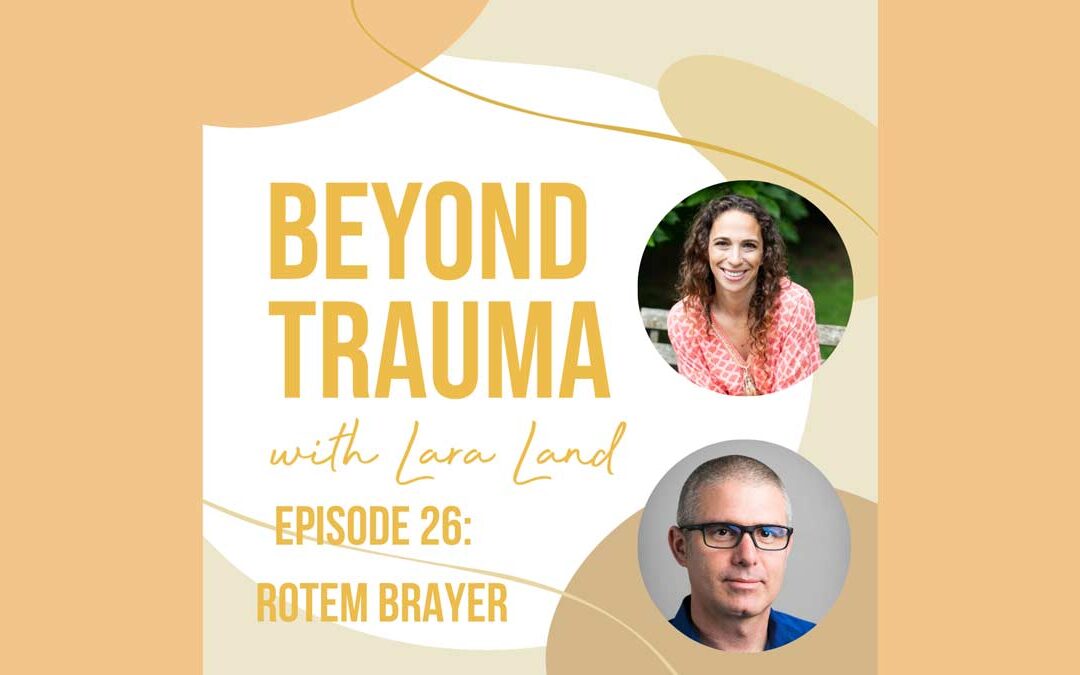Eye Movement Desensitization and Reprocessing (EMDR) is a therapeutic technique that has been gaining popularity in recent years for the treatment of trauma.
EMDR was developed in the late 1980s by psychologist Francine Shapiro, who observed that rapid eye movements seemed to alleviate her own distressing thoughts and feelings. Since then, EMDR has been used to help individuals recover from various traumatic experiences, such as combat, sexual assault, natural disasters, and childhood abuse.
The efficacy of EMDR for trauma healing has been extensively studied, and neuroscience suggests that it is an effective treatment for trauma-related disorders such as post-traumatic stress disorder (PTSD), acute stress disorder (ASD), and other anxiety disorders. In fact, EMDR has been recognized as an evidence-based treatment by a number of organizations, including the American Psychological Association (APA), the World Health Organization (WHO), and the Department of Veterans Affairs (VA).
One of the key features of EMDR is the use of bilateral stimulation, which involves alternating stimulation of the left and right sides of the body. This can be done through eye movements, auditory tones, or physical tapping. The idea behind this technique is that it helps to activate the brain’s natural processing mechanisms, allowing the individual to reprocess traumatic memories in a way that reduces their emotional intensity and associated negative beliefs.
During an EMDR session, the therapist will guide the client through a series of steps that involve recalling a traumatic memory while engaging in bilateral stimulation. The therapist will also help the client to identify any negative beliefs or emotions associated with the memory, and work with them to develop more positive and adaptive beliefs. The goal is to help the client to reprocess the memory in a way that reduces its emotional impact and allows them to move forward with their life.
While the exact mechanisms behind EMDR are still not fully understood, research suggests that it may help to activate the brain’s natural healing processes by promoting neuroplasticity and facilitating the integration of emotional and cognitive information. EMDR has also been found to be effective for a wide range of individuals, including those who have not responded well to other forms of therapy.
In my latest episode of the Beyond Trauma podcast, I interview Rotem Brayer an EMDR therapist about trauma healing and why he believes EMDR is the choice modality for trauma healing. We discuss neuroscience, trauma, EMDR, and why we are seeing an increase in mental health disturbance despite all the advancements in medications. We also cover sleep, somatics, and community. I hope you’ll take a listen and drop a review!


Recent Comments